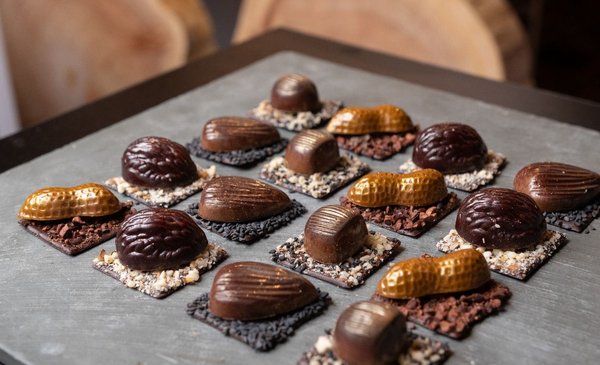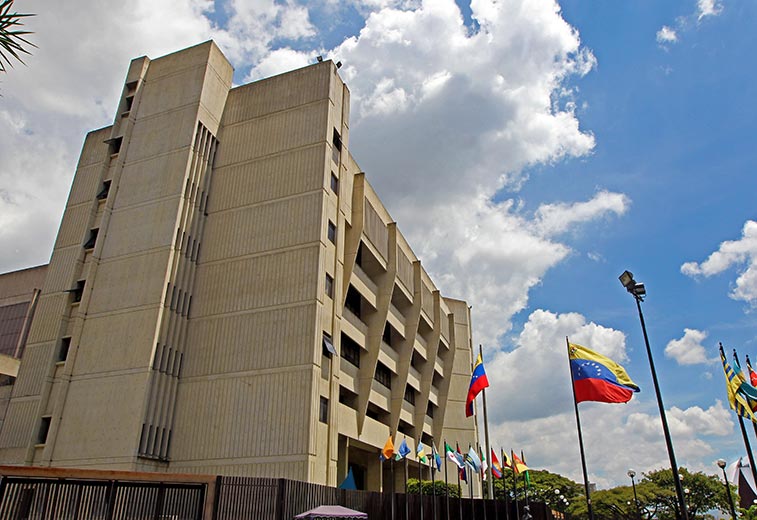In recent years there has been a change in the trends of chocolate consumption. Now more quality is sought, a high percentage of cocoa and, therefore, a healthier chocolate.
As far as quantity is concerned, Uruguayans are on the podium with a consumption of more than 2kg per capita per year, the same as that consumed in Argentina and in the region this number is only surpassed by Chile.
The Institute for the Promotion of Exports and Imports of Ecuador (Pro Ecuador) already maintained, in a special report, that consumption trends in Uruguay and Argentina were pointing to the consumption of premium bitter-flavored chocolate.
According to global data from the Puratos Taste Tomorrow bakery, pastry and chocolate consumption trends study, consumers are increasingly interested in upgrading their diet with low-fat, low-calorie ingredients and products by seeking out healthy options such as gluten (68%), rich in prebiotics (70%), as well as those foods low in sugar (74%) or with alternative sweeteners (69%).
The Taste Tomorrow was prepared during 2022 based on the opinion of more than 18,000 consumers from 44 different countries.
Sabine Brusselmans, Marketing Manager of the company Puratos for Argentina, Paraguay and Uruguay stated that this research “showed the importance of awareness at the time of purchase. On the one hand, at the health level, where buyers are betting on products that they perceive as beneficial for certain parts of their body and, on the other hand, at a sustainable and sustainable level, with consumers who are inclined towards brands and products that are careful with the environment and who want to know the origin of what they buy, that is, the social background of what they see, finished and packaged, in stores“.
According to the research, consumers value companies that protect the environment, where 82% appreciate sustainable packaging, 75% production that takes the environment into account, while 80% prioritize organic products and 69% zero waste.







